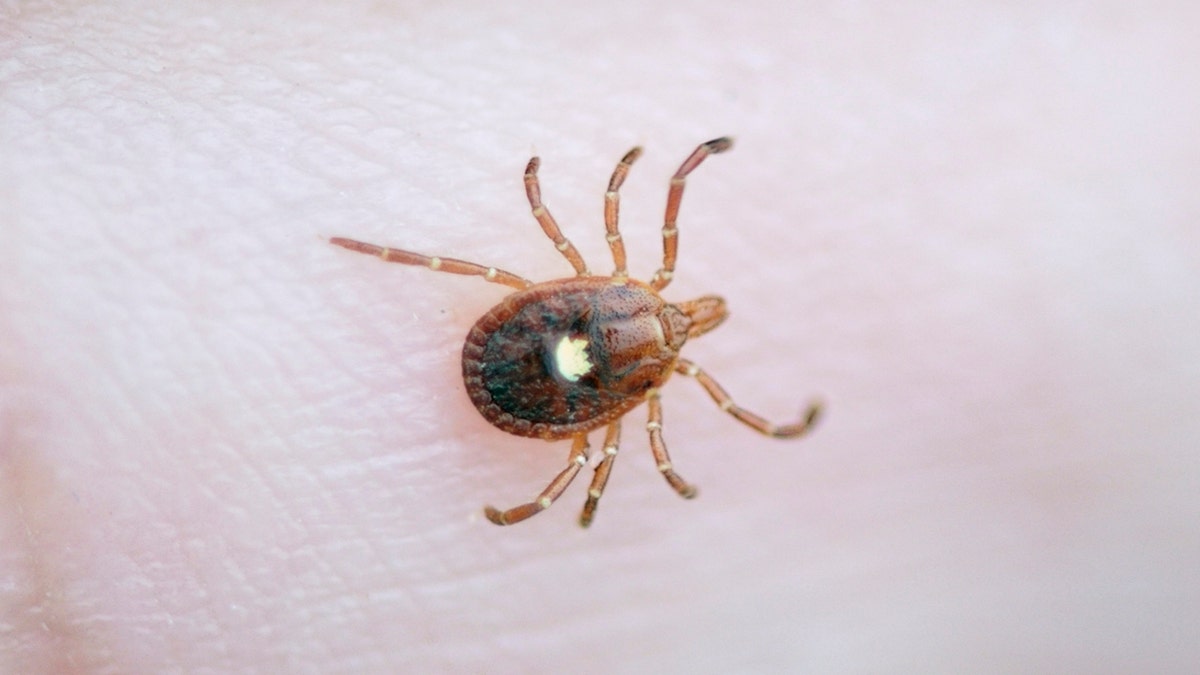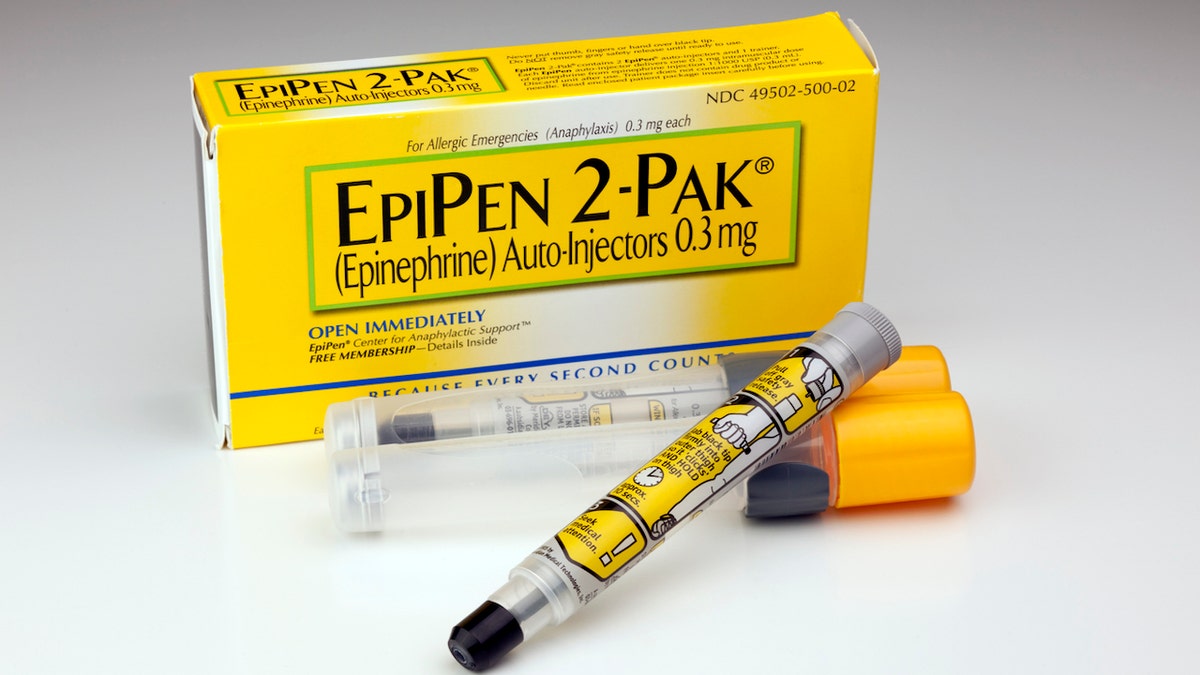Alpha-Gal Syndrome (AGS), often called the "red-meat allergy" or "tick bite meat allergy," is a growing concern, potentially affecting hundreds of thousands across the U.S. This emerging health threat arises from the bite of the Lone Star tick, prevalent in Southeastern and Eastern states. The tick's saliva introduces alpha-gal, a sugar molecule, into the body, triggering allergic reactions to red meats like pork, beef, and lamb, as well as mammal-derived products such as dairy and gelatin.
Symptoms typically manifest within hours of consuming trigger foods and range from mild gastrointestinal issues to severe anaphylaxis. Common reactions include hives, itchy skin, swelling, breathing difficulties, and digestive upset. The unpredictability of reactions adds to the complexity of AGS, with the same individual experiencing varying responses to the same food on different occasions. This poses challenges for both patients and healthcare providers in identifying and managing the allergy.

Since its recognition in 2008, suspected AGS cases have been steadily rising. While over 110,000 cases have been officially reported, estimates suggest the actual number could be as high as 450,000, due to underdiagnosis and lack of awareness among medical professionals. A survey revealed that nearly half of the surveyed physicians were unfamiliar with AGS, highlighting the need for increased education and awareness within the healthcare community.

Diagnosing AGS requires antibody testing and clinical evaluation, but the path to diagnosis can be lengthy, averaging seven years. Currently, there's no cure for AGS, and management focuses on symptom control and avoidance of trigger foods. For severe reactions, epinephrine auto-injectors are prescribed. While the allergy can be lifelong, some individuals experience a decrease in antibody levels over time by strictly eliminating trigger foods from their diet.

The Lone Star tick, primarily found in the Eastern, Southeastern, and South-Central U.S., is the main culprit behind AGS. However, case clusters outside these regions suggest the possible involvement of other tick species. Preventing tick bites is crucial. Recommendations include using EPA-approved insect repellents, wearing protective clothing, avoiding tick-infested areas, and performing thorough tick checks after outdoor activities.


Raising awareness among both healthcare professionals and the public is paramount in addressing this emerging public health concern. Early diagnosis and proper management are essential to minimize the impact of AGS on individuals' lives.








